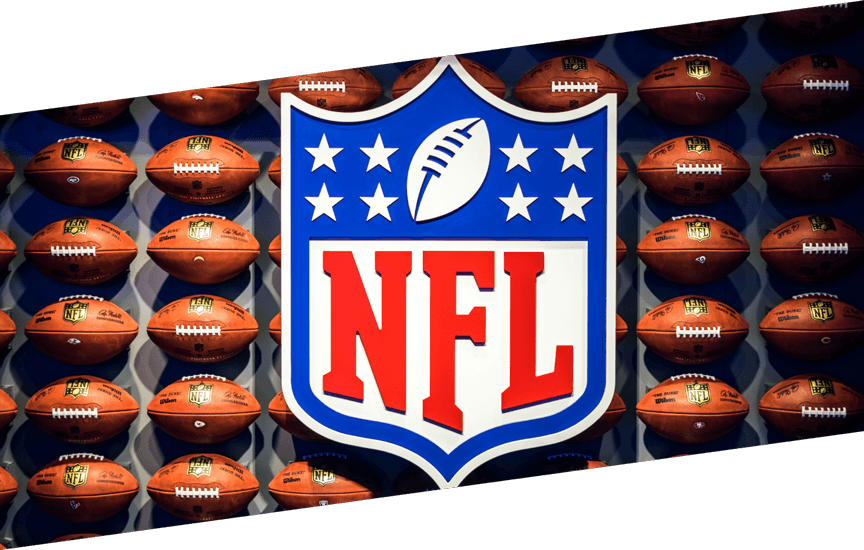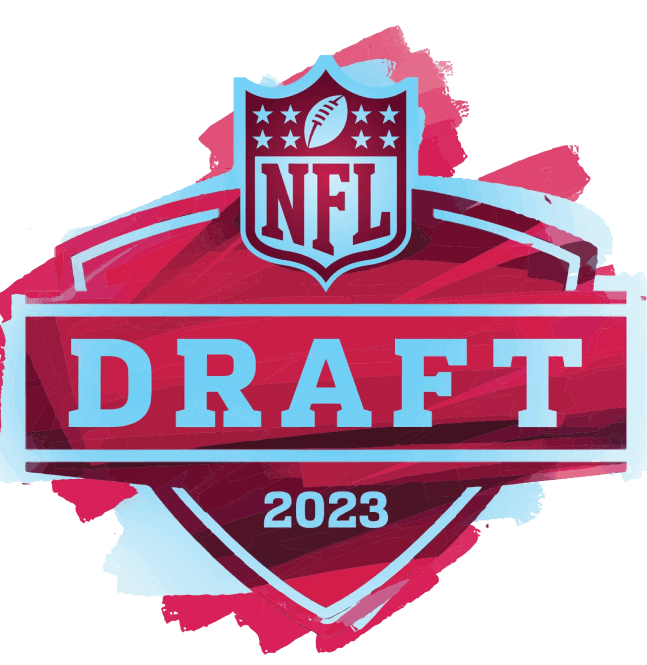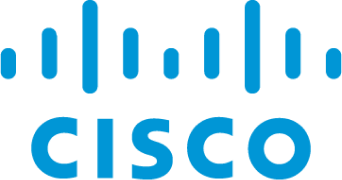
Bright lights, big names, big pressure. The NFL Draft serves as the backbone of the league’s future, encompassing 32 teams, 259 picks, dozens of war rooms, and an endless stream of phone calls, texts, and instant messages. These critical few days hold the potential to shape the destinies of teams, families, and players alike. But none of this is possible without a reliable and secure communication network.
Just as NFL coaches and General Managers work tirelessly behind the scenes, pouring over countless hours of film to ensure they’re building the best gameplan possible, Cisco’s cybersecurity solutions and expertise together with the NFL’s security team serve as the unsung heroes of the NFL Draft.

From connecting war rooms across the country and facilitating split-second decision-making, Cisco technology plays an integral role in ensuring a seamless and secure NFL Draft experience.

In Cisco’s role as an Official Technology and Cybersecurity Partner of the NFL, it is their job to ensure that the league is connected and protected – 365 days a year. This means working hand-in-hand with the NFL to enhance the league’s security infrastructure through a mix of cloud and on-premise security technology, real-time threat intelligence from Cisco Talos, and some of the brightest cybersecurity minds in the industry. But few nights, if any, are as important as the three days of the NFL Draft.
Amidst the frenzy and excitement, Cisco provides the NFL with the necessary technical foundation for the Draft’s success. From connecting war rooms across the country and facilitating split-second decision-making, Cisco technology plays an integral role in ensuring a seamless and secure NFL Draft experience.

Perhaps the most famous Cisco-powered spectacle is the NFL Draft Countdown Clock, fueling the anticipation for players and fans eagerly watching both live and from the comfort of their homes. For every pick, the countdown clock’s data is entered into a computer at the Head Table in Kansas City, where it is then transmitted live through Cisco’s network to the NFL Headquarters in New York City. This ensures that the clock and other essential NFL Draft data are delivered promptly and securely to all 32 teams, facilitating smooth communication throughout all three days.


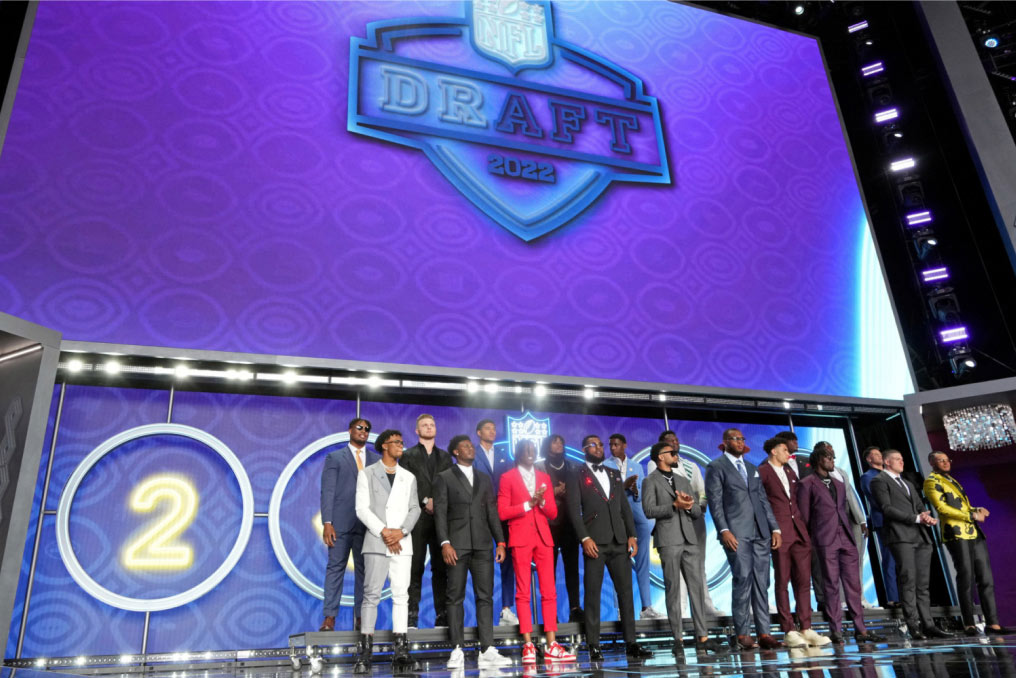


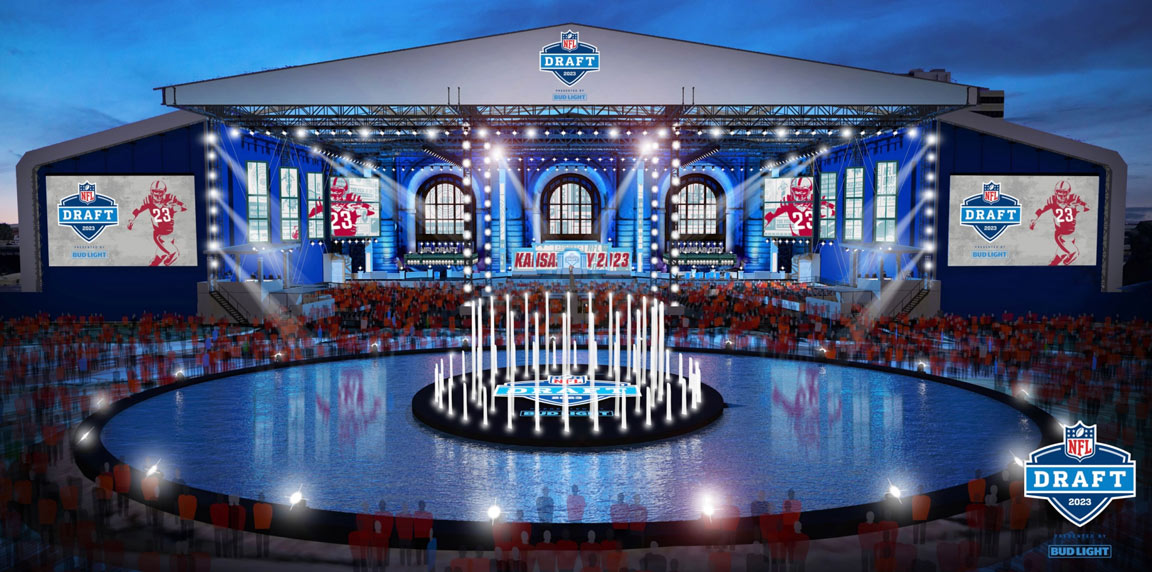
While smaller than other marquee events like the Super Bowl, the NFL Draft poses a handful of unique security challenges that make it a key priority for the NFL and its partners. Due to most of the 32 teams operating remotely, the threat profile and protection zones are substantially larger, and always require a degree of club security.
According to NFL Deputy CTO, Aaron Amendolia, NFL Draft preparation calls for extensive planning from the NFL and Cisco, often beginning more than a year in advance.
“We build a huge, interconnected logical and physical campus to move the broadcast content, presentation video, audio, and graphics. Every IP TV display should feel like a live Draft dashboard with a ticking clock setting the pace,” said Amendolia. “This requires us to perform many dry runs and live tests, and implement multiple layers of network and infrastructure resiliency.”
Leading up to the event, the NFL and Cisco conduct comprehensive threat assessments at the event location, bolster network security and develop vital threat intelligence to counter potential deep, dark, and clear web risks. Throughout the NFL Draft, Cisco, NFL staff, club security leads, and local, state, and federal cybersecurity professionals are in constant communication regarding threat alert coordination.
“The NFL Draft is a highly publicized and deeply emotional event for our fans,” said NFL CISO Tomás Maldonado. “Any impact to the confidentiality of the drafting process, or the integrity of the picks a club makes, would be negatively impactful.”
But as technology evolves, so do the risks. That’s why it’s more important than ever for the NFL to rely on trusted technology partners like Cisco.
“Big events come with big threats. Protecting the integrity of the Draft and keeping the league’s data safe is always our top priority and it’s on us to put a comprehensive plan in place to make that happen,” said Maldonado. “If we achieve those two things, then we did our job.”


